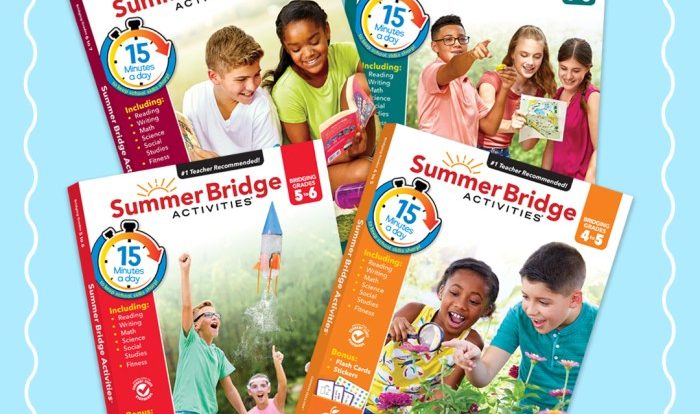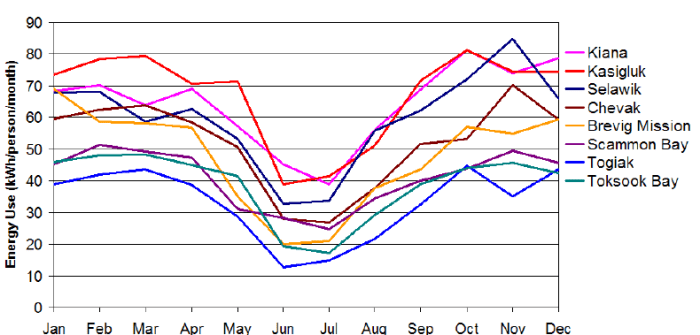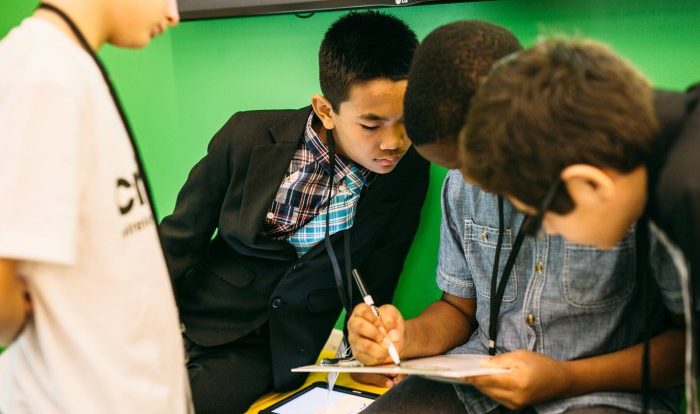Conflict and resolution anchor chart takes center stage as a valuable tool for understanding and resolving conflicts. This comprehensive guide delves into the types of conflicts, methods of resolution, and the creation and use of an anchor chart to enhance teaching and learning.
Conflict is an integral part of human interaction, and understanding how to resolve conflicts effectively is crucial for personal growth and success. The anchor chart serves as a visual representation of conflict types and resolution methods, providing a structured framework for students and educators to navigate conflict situations.
Types of Conflict
Conflict is a key element of any story. It creates tension, suspense, and drama. There are many different types of conflict that can occur in a story, each with its own unique characteristics and potential for impact.
One common type of conflict is internal conflict. This occurs when a character is struggling with their own thoughts, feelings, or desires. Internal conflict can be very powerful, as it can reveal the character’s innermost fears and motivations.
Another type of conflict is external conflict. This occurs when a character is struggling with an outside force, such as another character, a natural disaster, or a social problem. External conflict can be just as powerful as internal conflict, as it can test the character’s limits and force them to make difficult choices.
Conflict can be used to create tension and suspense in a story. When readers are invested in the characters and their struggles, they will be more likely to keep reading to find out what happens next.
Methods of Resolving Conflict
There are many different methods that can be used to resolve conflict. Some of the most common methods include:
- Negotiation: This involves two or more parties working together to find a solution that meets the needs of everyone involved.
- Compromise: This involves each party giving up something in order to reach a solution that is acceptable to everyone.
- Avoidance: This involves one or more parties simply avoiding the conflict altogether.
- Accommodation: This involves one party giving in to the demands of the other party.
- Competition: This involves two or more parties trying to achieve the same goal, with only one party being able to succeed.
The best method for resolving conflict will vary depending on the specific situation. However, it is important to remember that there is no one-size-fits-all solution. The best approach will be the one that works best for the parties involved.
Creating a Conflict and Resolution Anchor Chart
A conflict and resolution anchor chart is a visual representation of the different types of conflict and methods of resolution. It can be used to help students understand the concepts of conflict and resolution, and to provide them with a resource that they can refer to when writing their own stories.
To create a conflict and resolution anchor chart, you will need:
- A large piece of paper or poster board
- Markers or crayons
- A ruler or straight edge
Once you have your materials, you can begin creating your anchor chart. First, draw a large circle in the center of the paper. This circle will represent the conflict. Next, draw two smaller circles inside the larger circle. These circles will represent the two parties involved in the conflict.
Around the outside of the circle, write the different types of conflict. Inside the circles, write the different methods of resolution. You can also include examples of each type of conflict and method of resolution.
Once you have finished creating your anchor chart, you can hang it in your classroom or writing center. Students can refer to it when they are writing their own stories, or when they are trying to resolve conflicts in their own lives.
Using the Conflict and Resolution Anchor Chart in the Classroom
The conflict and resolution anchor chart can be used in a variety of ways in the classroom. Here are a few ideas:
- Use the anchor chart to introduce the concepts of conflict and resolution.You can use the anchor chart to explain the different types of conflict and the different methods of resolution. You can also discuss how conflict can be used to create tension and suspense in a story.
- Use the anchor chart to help students identify and resolve conflicts in their own writing.When students are writing their own stories, they can refer to the anchor chart to help them identify the different types of conflict that can occur and the different methods of resolution that they can use.
- Use the anchor chart to help students resolve conflicts in their own lives.The anchor chart can also be used to help students resolve conflicts in their own lives. When students are faced with a conflict, they can refer to the anchor chart to help them identify the different methods of resolution that they can use.
The conflict and resolution anchor chart is a valuable resource that can be used to help students understand the concepts of conflict and resolution. It can also be used to help students write better stories and to resolve conflicts in their own lives.
Quick FAQs
What is a conflict and resolution anchor chart?
A conflict and resolution anchor chart is a visual representation of the different types of conflicts and methods of resolution. It provides a structured framework for understanding and resolving conflicts.
How can I use a conflict and resolution anchor chart in the classroom?
Teachers can use a conflict and resolution anchor chart to teach students about conflict and resolution. They can also provide activities and lesson plans that incorporate the anchor chart.
What are the benefits of using a conflict and resolution anchor chart?
Using a conflict and resolution anchor chart can help students to identify, understand, and resolve conflicts constructively. It can also help teachers to create a positive learning environment.


